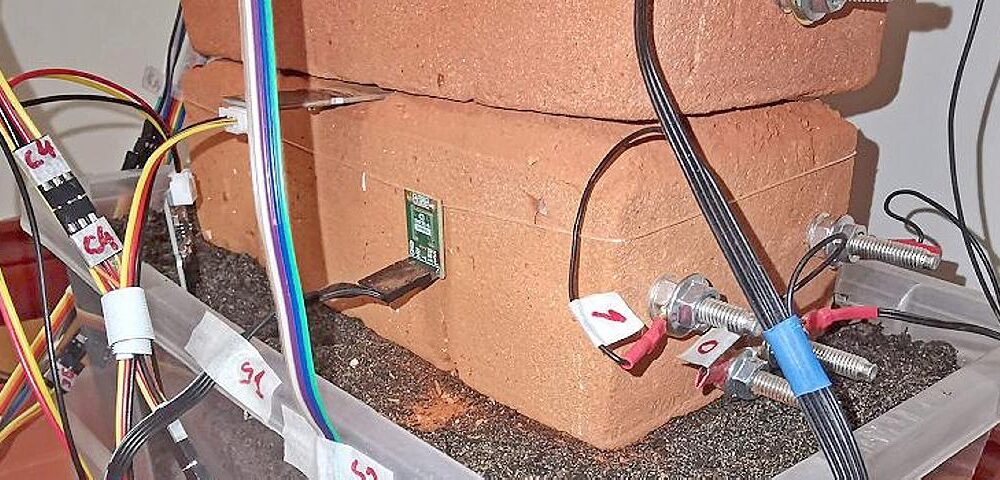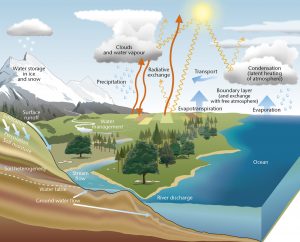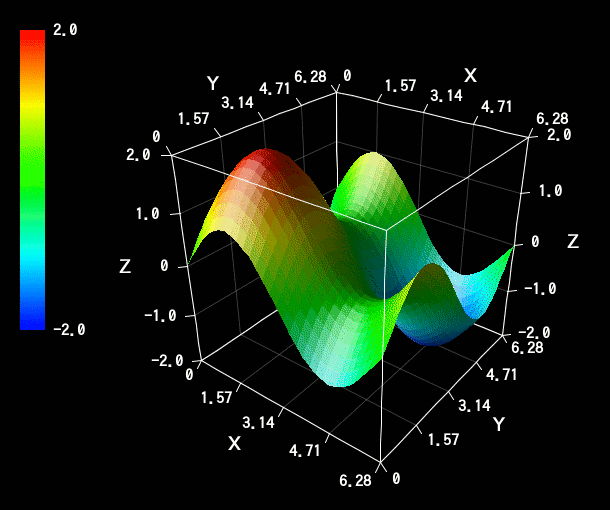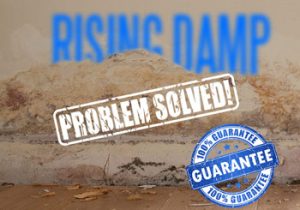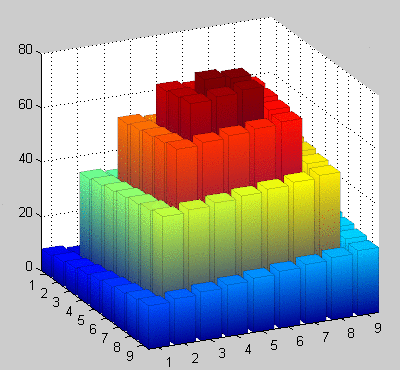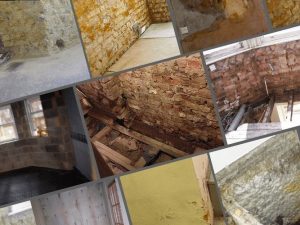A non-invasive magnetic damp proof course (or magnetic DPC) is the latest Property Dampcourse Association (PDA) technical development in solving rising damp, based on the latest research about electrical phenomena occurring in damp masonry. Having worked in the damp proofing industry since 1987 I have observed the development of many new and innovative products, materials and methods intended to counteract ingress.
Over the years some developments turn out to be short lived trends, while others remain in use today.
After nearly thirty five years, one principle method of damp proofing has proved elusive. An undeveloped theory for decades and only existing in the form of documented schematic’s in the Patents Office of many a European country, the Magnetic DPC System was only approved by the PDA in 2020.
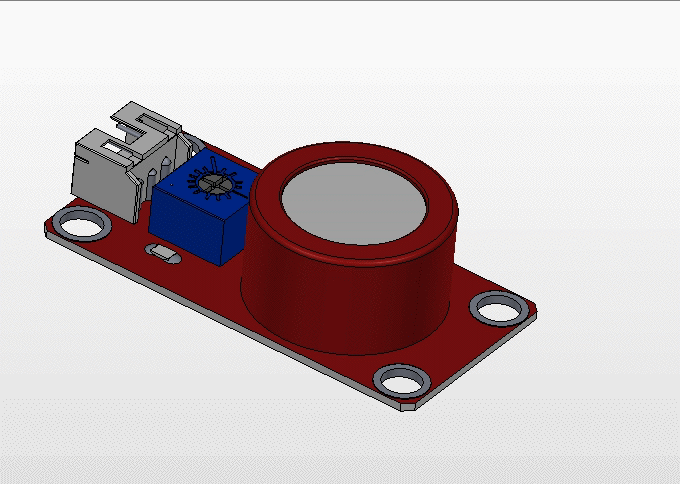
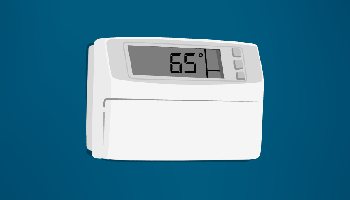
A Brief History of Magnetic Damp Proof Course Theory
The concept of magnetic DPCs has been around in various forms since the 1980’s. It has been developed by Electronic Engineers familiar with many aspects of building physics, applying their knowledge of Electronics onto damp buildings.
The original concept of the technology came from the medical MRI technology (Magnetic Resonance Imaging), a tissue-friendly body imaging technology which uses magnetic fields that interact with the water molecules of the body, instead of the more damaging X-ray radiation. Based on that a solution was envisioned to reduce the bonding of water vapors to capillary surfaces by means of weak magnetic fields. Over the years various patents have been filed for both passive and active (unpowered and powered) systems.


Although the idea that electro/magnetic fields can affect the bonding and movement of water to solid surfaces has been observed for quite some time, the underlying mechanisms have not been understood. Because some of the research on this exciting technology has never been done been incomplete Some of the incomplete research on this topic never permitted this technology to become mainstream but stayed on the sidelines of science for decades.
Many important discoveries follow a 2-stage discovery process:
- Discovery by observation: a phenomenon is first observed, resulting in a limited understanding.
- Scientific explanation: following the initial discovery it can take science decades (sometimes centuries) to “catch-up” and provide a full scientific explanation for it.
A well-known such example is the law of gravity, described by Sir Isaac Newton 350 years ago in 1687. Today we still don’t have a theoretical explanation for it, yet it exists.
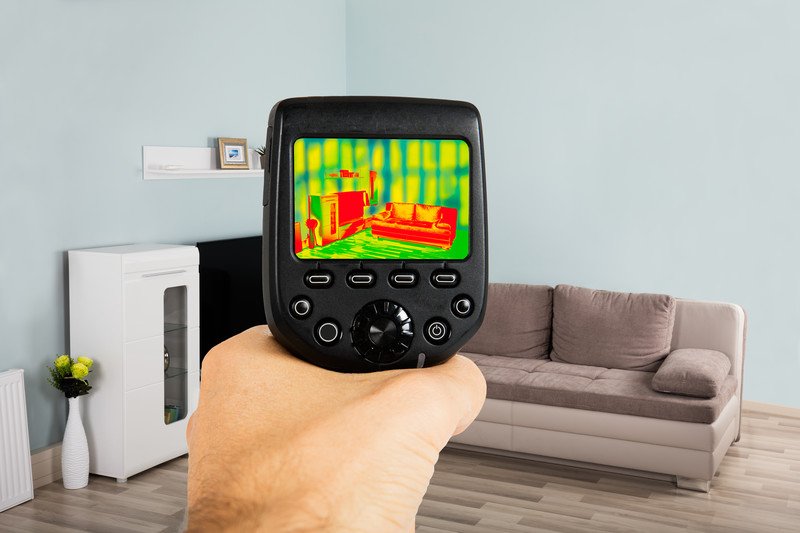

Another example is the discovery of electrophoresis – the movement of solid particles in a liquid under the influence of an electric field – used for particle separation and modern DNA analysis. First observed on coastal sand particles in 1807 (by Friedrich Reuss), it took science 100 years to provide a theoretical explanation for it (Smoluchowski, 1903). Electrophoresis finally became implemented in U.S scientific research applications in 1956 when Prof. Karl Hoffer developed the first Chromatography Scanner with a prototype Flat Panel Display (FPD).
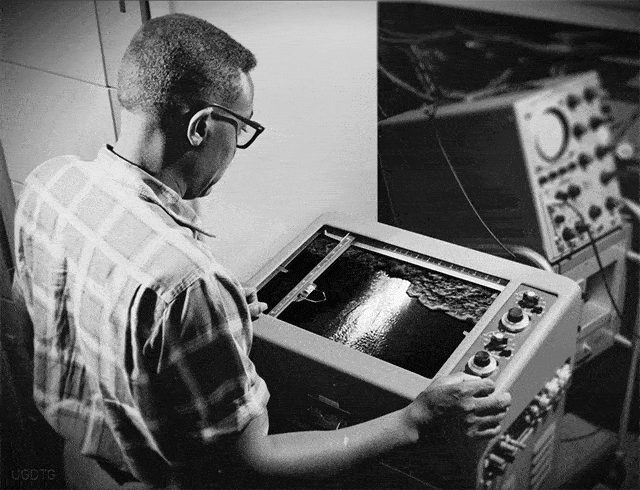

The magnetic DPC followed a similar path of discovery: some of its basic phenomena has been observed in the 1980s, taking several decades for science to catch-up and clarify some of the “finer details”. Recent technical research has not only clarified many of the underlying mechanisms, but also resulted in a much better understanding of breathability and the mechanism of rising damp, bringing more clarity into this subject. It should be noted that historically damp-proofing and damp-control were essentially restricted to methods of internal suppression. These methods ranged from the application of bitumen or early forms of vertical membrane such as the Newtonite Lathe prior to re-plastering.
New Discoveries about Damp Walls
The most fundamental questions about the magnetic DPC are:
- What have electromagnetic fields to do with damp walls?
- How they affect moisture movement? and
- How can dampness be reversed without physically touching the walls?
To answer these important questions we need to understand some key phenomena that take place in damp walls – discovered and understood only recently.
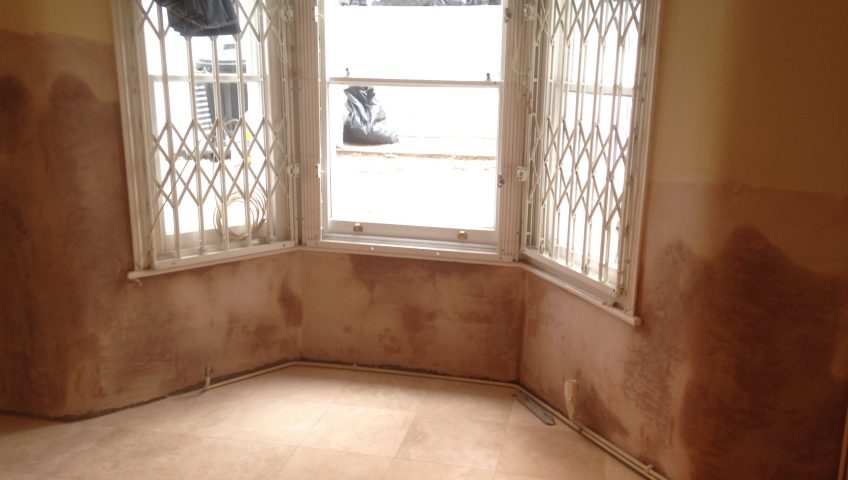
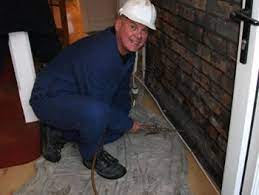
Breathable Walls Accumulate and Retain Moisture
It is commonly believed that breathability alone is enough to keep a wall fabric dry as it allows a wall fabric to dry itself out by letting moisture evaporate. This is not true.
Research has shown that wall areas in the proximity of the ground (lower 1m or so) behave differently from wall areas away from (higher up) the ground. This is because of the presence of an invisible yet significant moisture source: soil evaporation. Soil evaporation, being part of the natural Water Cycle in nature, is the third significant moisture source in addition to rainwater ingress and condensation.
Although in these lower areas heating and ventilation can make the surface of a wall look and feel dry, areas under the surface skin never dry out completely and in many case they stay significantly damp. Lab experiments have shown that when a dry brick is placed onto a damp (drained) soil, the following takes place:
- Phase 1 – Moisture accumulation: dry bricks placed on damp soil instantly start accumulating moisture. Bricks act as holding tanks which in the presence of humidity start collecting moisture. This goes on until they reach some sort of equilibrium with the environment.
- Phase 2 – Evaporation: evaporation only starts after the equilibrium phase has been reached. The bricks start evaporating out the excess moisture in an attempt to maintain their equilibrium with the environment.
Breathable walls retain significant moisture that stays in the fabric long-term, constantly being supplanted by soil evaporation, which free evaporation alone won’t drive out.
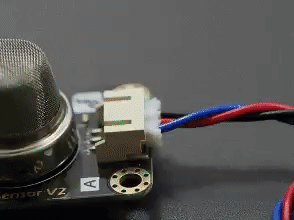
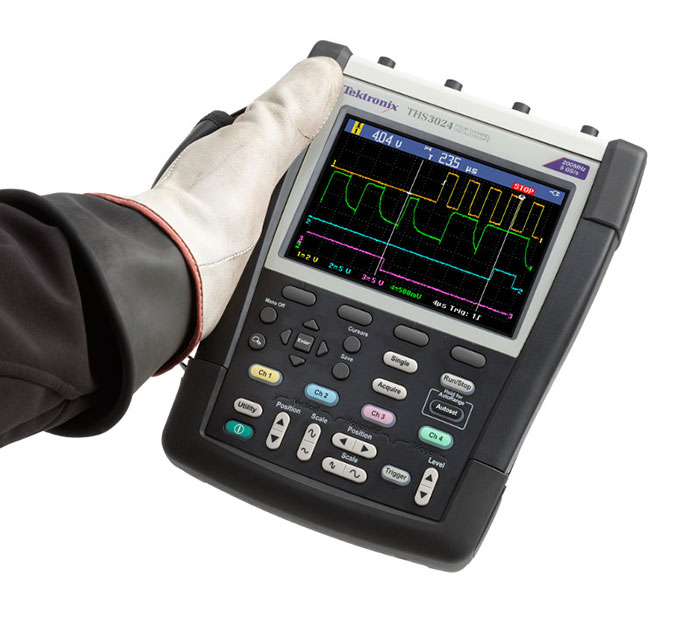
Humidity Carries Electrical Charges
A very important discovery about damp walls was that humidity movement in a wall fabric always generates electrical charges in it. As the wall fabric can retain a significant amount of humidity, electrical charges (small voltages and currents) are always present in any damp masonry. Here is why:
Individual water molecules have a positive and a negative side. In bulk water these charges are distributed evenly, giving water an overall neutral state (no-charge).
However, when water evaporates vapors contain more positive charges1 making water vapors positive. Conversely, the surface of liquid water, left with the negative charges, becomes negative. Vapors are positive, liquid moisture is negative.
Because in a porous wall fabric – due to ongoing evaporation – there is always a mix of vapors and liquid moisture, various wall areas are charged either positively or negatively, depending on whether vapor or liquid moisture dominates. Thus humidity and electrical charges in a wall are INSEPARABLE, they always exist together.

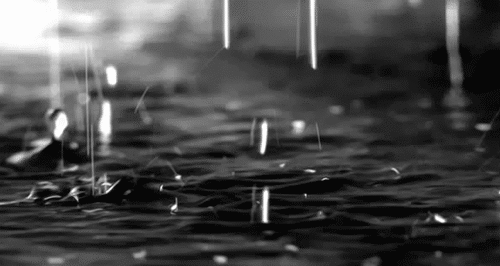
These small electrical charges in a wall can be measured with a multi-meter, and they change as the wall’s moisture content changes. Only a perfectly dry wall has no electrical charge, being neutral.


Damp walls surfaces are always charged electrically in rapport to the ground. Here: 270.5 mV DC
Electro/Magnetic Fields Affect Moisture Movement
Another important discovery was that moisture movement in a wall fabric is affected by variations of the surrounding magnetic fields. Such fields can originate from man-made electromagnetic fields (radio-transmissions, 4G, 5G etc.) as well as from variations of Earth’s natural magnetic field (the geomagnetic field).
Magnetic field variations penetrate the walls, charging up the surface of the capillaries, leading to a stronger bonding of water vapors to capillary surfaces.
The magnetic DPC by absorbing some of the magnetic fields in the building reduces the ongoing charging of capillary surfaces. As a result water molecules bond less and evaporate out easier from capillary surfaces, resulting in a decrease of the overall moisture content in the walls. In a nutshell, the magnetic DPC increases the breathability of the wall fabric.
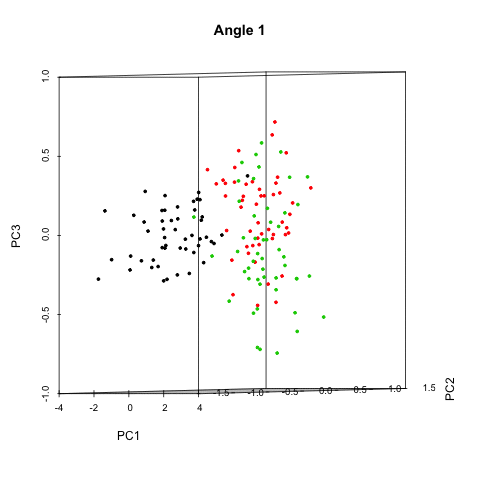

Breathable Walls Accumulate and Retain Moisture
Several lab experiments have been done with breathable walls placed on damp soil, monitoring the wetting process from the very beginning, exploring in detail how moisture build-up starts in a building and how evaporation starts. The whole process will be explained in a future blog entry.
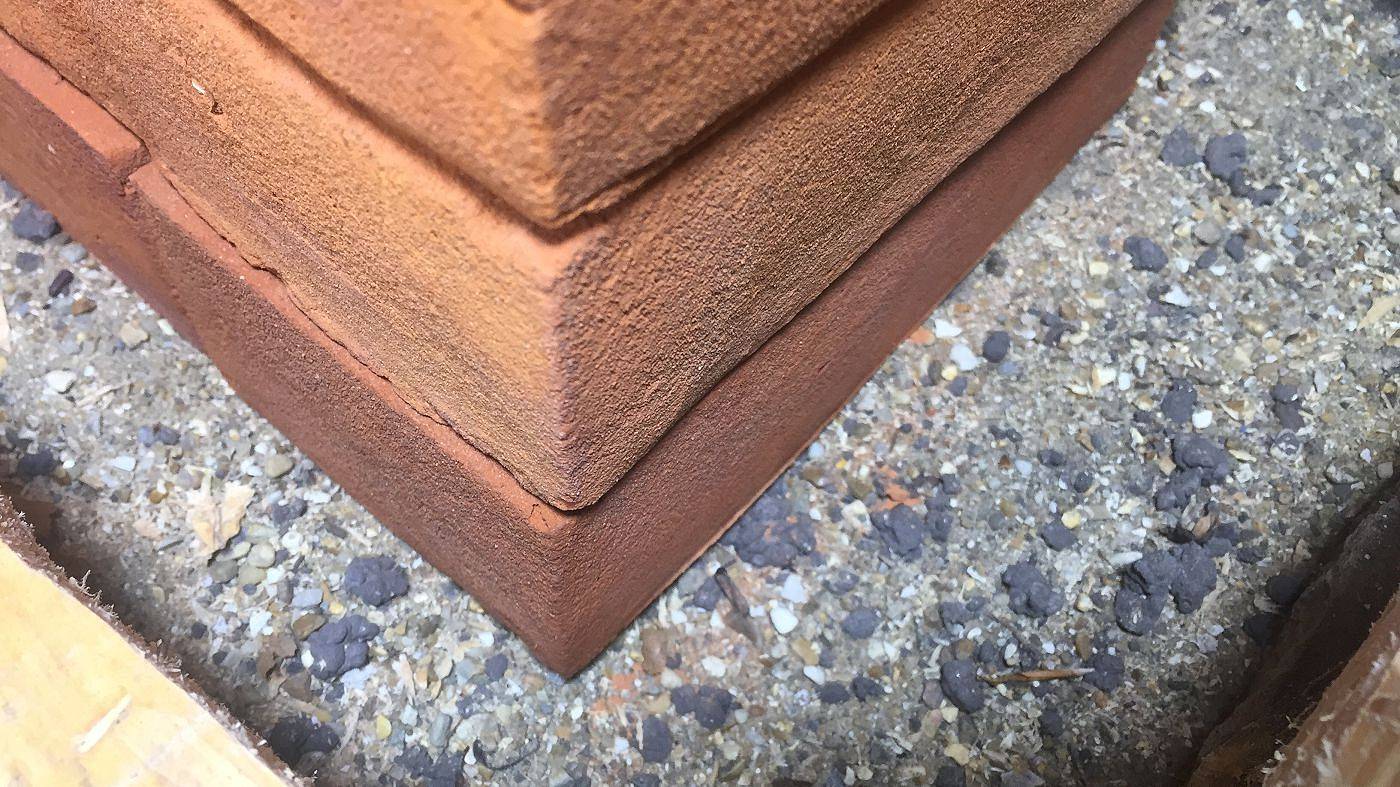
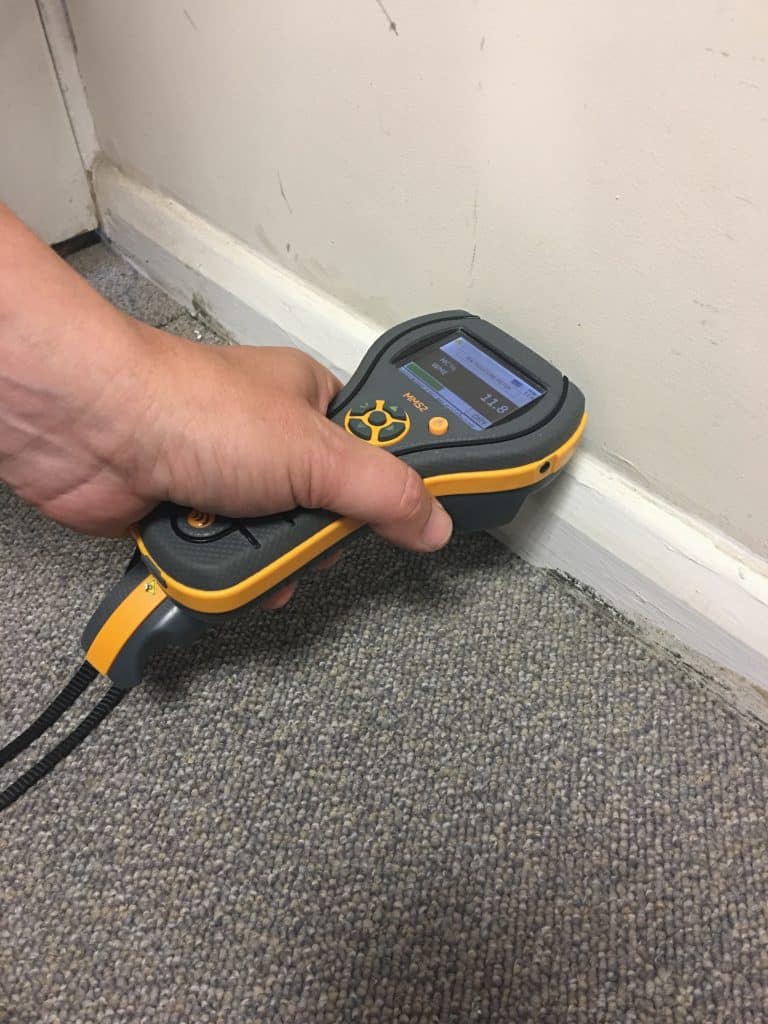
Breathable wall on the soil
Once bricks are placed on a well-drained but moist soil, the moisture content of the bricks in depth (X Axis) starts rising immediately, peaking at 87% RH in a 40% RH ambient environment (Y Axis). Surface evaporation is virtually non-existent (the brick being drier than the environment), surface humidity (Z Axis) being the same as ambient humidity.
Humidity can accumulate in depth while the surface stays dry
As you can see there is a significant humidity difference between the surface and depth. Just because the surface feels and looks dry does not mean that the depth of an old wall is also dry; most of the time it’s not.
Humidity Carries Electrical Charges
As mentioned earlier moisture contains electrical charges. Water vapors are positively charged while liquid moisture is negatively charged. As a result, the movement of moisture also means electrical charge movement.
This can be easily demonstrated by taking both humidity and electrical voltage readings from a damp wall, showing a very close relationship between humidity and wall voltages. The changes are opposite: a decrease of humidity (evaporation) results in an increase of the voltage (more vapors mean more positive charges) and vice-versa: an increase of humidity (wetting or condensation) results in a decrease of the wall voltage (more liquid moisture means more negative charges).
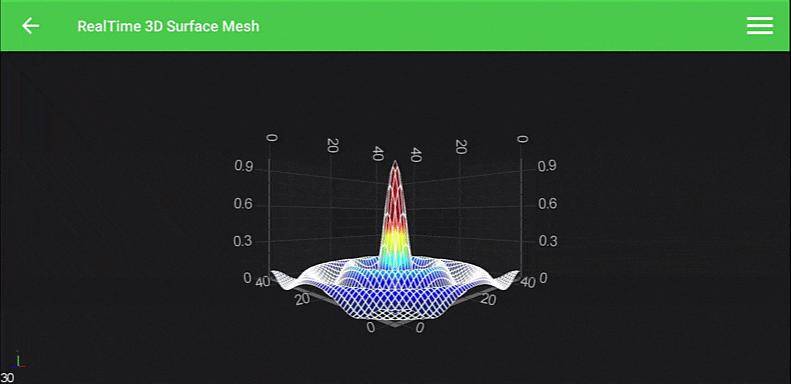
Voltage (blue mesh) mirrors humidity changes (red mesh) very closely
Here is another example: surface and depth humidity changes in a wall throughout a 4-day winter period.
The wall voltage (blue bars) again follows depth humidity (yellow bars) and surface humidity (orange bars) variations very closely, showing a strong interdependence between them.
The Effect of Electro/Magnetic Fields onto Moisture Movement
Walls are built onto the soil at the soil-air boundary, making them subject to effects from both. Most obvious of these are weather effects – rainwater, sunshine and winds – which are all various forms of energy.
There is, however, a whole host of other less-known effects, other forms of energy, such as UV rays, electro/magnetic field variations – of both man-made (telecommunication fields) and of natural origin (geomagnetic pulsations) – which also affect old wall.
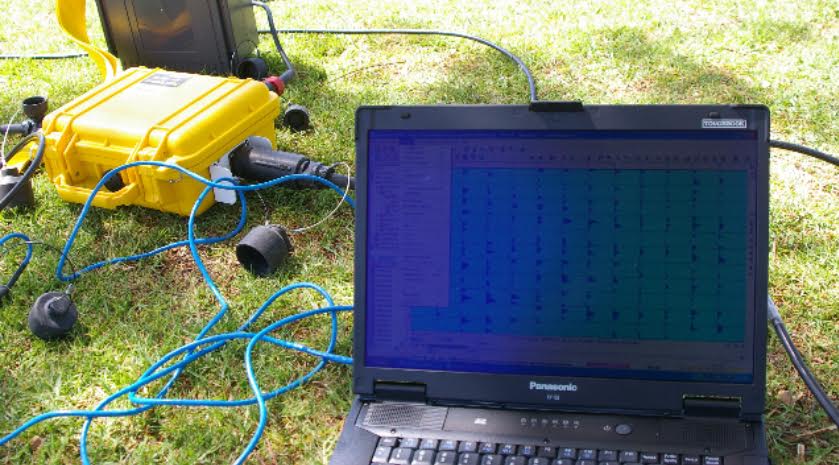
Geo-Magnetic Pulsations
Geomagnetic pulsations are tiny variations of Earth’s natural magnetic field. They originate from the Sun, which in addition to light and UV rays also emits magnetic energy which results in tiny second-by-second fluctuations of the otherwise static magnetic field. These tend to be higher during the day, and less much lower during the night when the Sun is away on the opposite side.
These tiny magnetic field changes often arrive as series of pulses, known as magnetic pulsations, that can be captured anywhere on the surface of Earth with sensitive enough instrumentation. Such magnetometers are 1,000 – 10,000 times more sensitive than smartphone magnetometers used for compass and navigation.
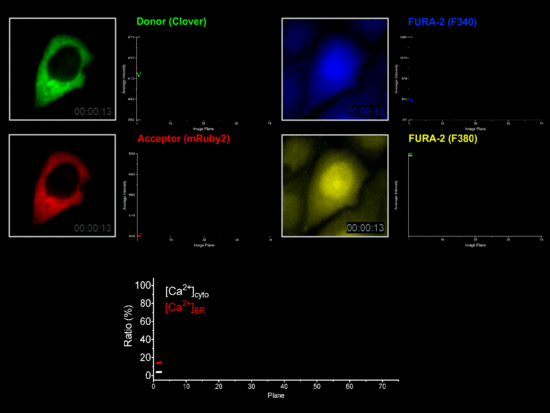
Magnetic pulsations in a damp room
Zooming in closely onto the series the individual pulsations become visible. These magnetic pulsations (Clover) penetrate the walls triggering extremely fast variations of wall voltages (mRuby2) and wall currents (F380), resulting in pulsating voltages and currents in the wall fabric (F340). The magnetic pulsations are small in size (about 1-2 nT), but in comparison to the size of water molecules (about 0.1 nm) they are very significant as they create voltage spikes of a few mV and current spikes of 1-2 nA.
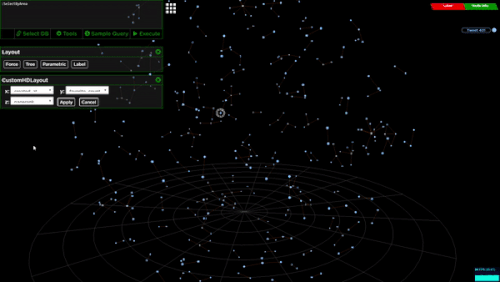
Representation of magnetic and voltage pulsations in the capillary structure of damp masonry.
Magnetic pulsations generate in the wall fabric fast-changing wall voltages and currents with very sharp fronts, that inject energy into the wall fabric, charge-up electrostatically the capillary surfaces. These pulses over time have a cumulative effect as these keep arriving all day long, day-after-day, year-after-year.
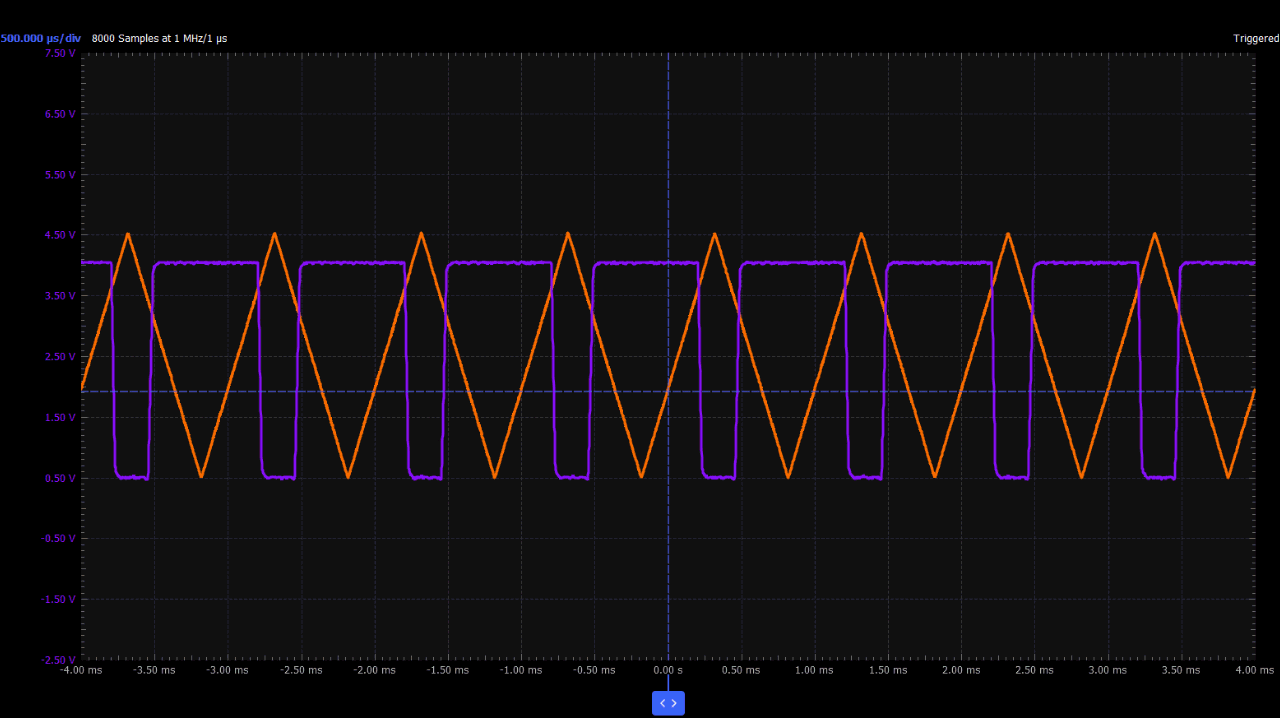
Fast-changing current pulsations in a wall
Masonry represented as immobile zig-zag (orange). The current pulsations (purple) expand and contract within the masonry.The reason why these effects have not been detected in damp walls sooner it can be attributed to a combination of several factors:
- Multidisciplinary knowledge: in order for someone to look for and find this data, in addition to architectural and building knowledge, one also must be very familiar with Electronics and geomagnetic phenomena, having a thorough understanding of several seemingly unrelated disciplines.
- Sensitive instrumentation: while basic detection of some of these signals can be done with hobby multi-meters, for accurate mapping and in-depth understanding expensive professional measurement instrumentation is necessary.
- They become visible only at fast data sampling: most building-monitoring focuses on long-term trends, taking readings at long 5-60 minute intervals. The magnetic and electronic variations described above are very fast, short, transient phenomena which can only be detected with very fast measurements. At slow data sampling rates these transient pulses become invisible thus undetected.
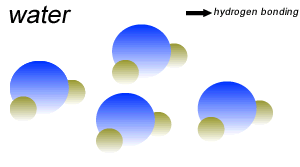
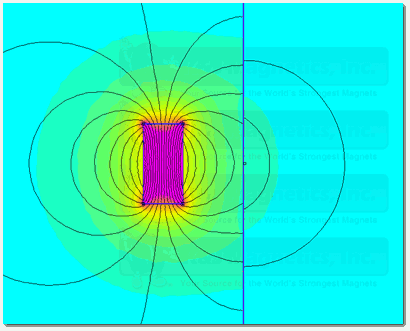
How Magnetic Pulsations Affect Capillary Surfaces?
Pulsating magnetic fields in the environment generate sharp pulsating voltages and currents in the wall fabric. This process injects energy into the wall fabric increasing the electrostatic charge of capillary surfaces.
As a result of surface charging, water and hydrogen molecules will bond together on wall surfaces leading to moisture accumulation inside the wall fabric, making it more difficult their detachment and evaporation.
The magnetic DPC by absorbing some of the magnetic fields in the building reduces the ongoing charging of capillary surfaces. As a result, water and hydrogen molecules bond less and can evaporate out easier from capillary surfaces, resulting in a decrease of the overall moisture content in the walls. In a nutshell, the magnetic DPC increases the breathability of the wall fabric.
Research is still ongoing and new findings will be published when they become available.
Summary
- Moisture migration is always accompanied by electrical charge movement, the two being inseparable.
- In addition to weather effects, there are many energy phenomena affecting old walls, electro/magnetic field variations being an important but virtually unexplored energy form.
- Magnetic field variations induce sharp pulsating voltages and currents in a damp masonry, resulting in energy injection and ongoing charging of the wall fabric, resulting in a stronger bonding of water molecules to capillary surfaces.
To learn more about how a magnetic DPC could rectify damp in your property, contact Rochester Building and Damp today to arrange a FREE Survey and Report.





